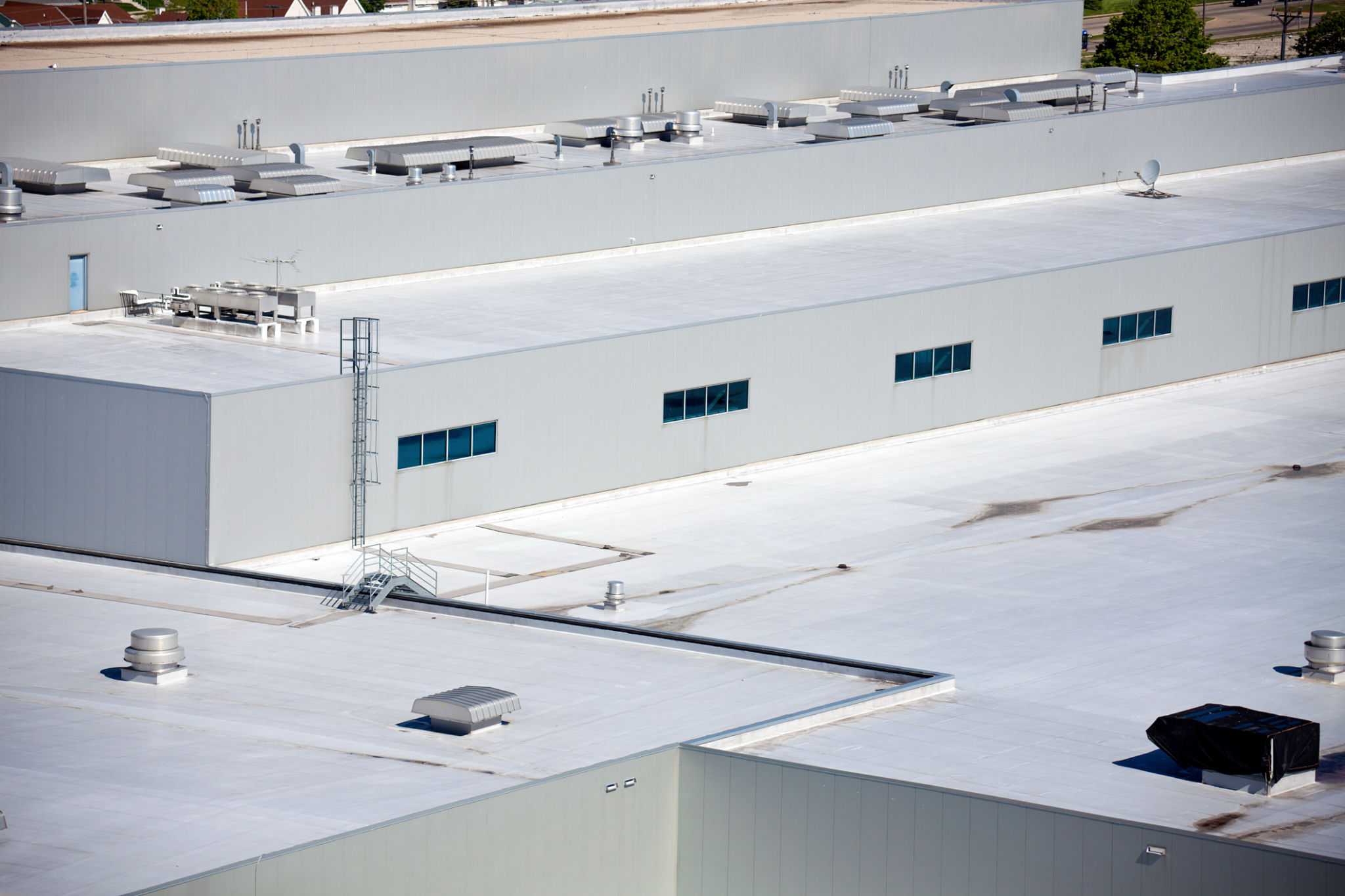Residential vs Commercial Roofing: Key Differences and Considerations
Introduction to Residential and Commercial Roofing
When it comes to roofing, the type of building plays a significant role in determining the kind of roof that will be most suitable. The primary distinction between residential and commercial roofing lies in the design, materials, and installation processes. Understanding these differences can help property owners make informed decisions about their roofing needs.
Design and Structural Differences
Residential Roofing
Residential roofs are typically simpler in design compared to commercial roofs. They often feature steep slopes and are usually made from materials like asphalt shingles, wood shakes, or tiles. The design is focused on aesthetics and weather resistance, ensuring the roof complements the home’s overall look while providing protection from the elements.
Commercial Roofing
Commercial roofs, on the other hand, are usually flat or have a very low slope. This design is more practical for the larger surface areas of commercial buildings
. The flat design allows for the installation of equipment like HVAC systems and provides easier access for maintenance. Materials used for commercial roofing include single-ply (TPO, PVC, EPDM), concrete, modified bitumen, and built-up roofing systems.


Material Choices and Durability
Residential Roofing Materials
Residential roofing materials are chosen for their aesthetic appeal and durability. Common materials include:
- Asphalt Shingles: Affordable and available in various styles and colors.
- Wood Shakes: Provide a natural look but require more maintenance.
- Metal Roofing: Durable and energy-efficient, though more expensive.
- Clay and Concrete Tiles: Long-lasting and fire-resistant but heavy and costly.
Commercial Roofing Materials
Commercial roofing materials are selected for their ability to cover large areas and withstand environmental stressors. Some common materials include:
- Single-Ply Membranes: Lightweight and easy to install, with options like TPO, PVC, and EPDM.
- Built-Up Roofing (BUR): Multiple layers of bitumen and fabric create a durable surface.
- Modified Bitumen: Similar to BUR but with added polymers for flexibility and strength.
- Metal Roofing: Offers longevity and low maintenance but can be more costly upfront.

Installation and Maintenance
Residential Roofing Installation
Installing a residential roof is generally a quicker process due to the smaller size and simpler design. It often involves a smaller team and can be completed within a few days. Regular maintenance includes inspecting for damaged shingles, cleaning gutters, and checking for leaks or water damage.
Commercial Roofing Installation
Commercial roofing installation is more complex and time-consuming due to the larger surface area and the need for specialized materials and techniques. It requires a skilled team and can take several weeks to complete. Maintenance involves regular inspections, cleaning, and addressing issues like ponding water, membrane punctures, and seam integrity.
Cost Considerations
The cost of roofing varies significantly between residential and commercial projects. Residential roofing is generally less expensive due to the smaller scale and simpler materials. However, high-end materials like slate or metal can increase costs. Commercial roofing is more costly due to the size, complexity, and specialized materials required. Long-term costs also include regular maintenance and potential repairs, which are crucial for extending the roof's lifespan.
Conclusion
Choosing the right roofing type is crucial for the longevity and functionality of the building. While residential roofing focuses on aesthetics and simplicity, commercial roofing emphasizes durability and practicality. Understanding the key differences and considerations can help property owners make the best decision for their specific needs, ensuring their investment is well-protected for years to come